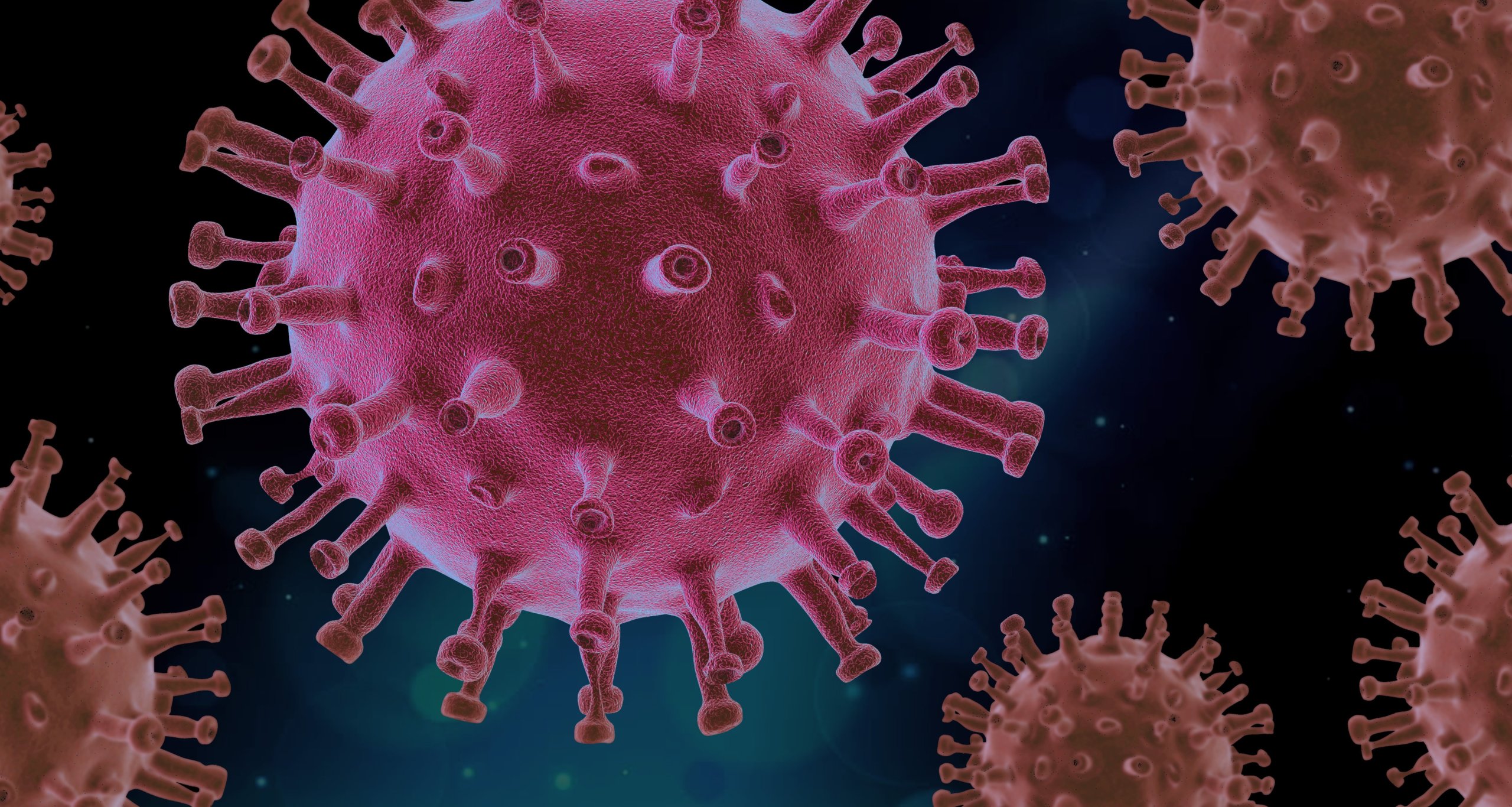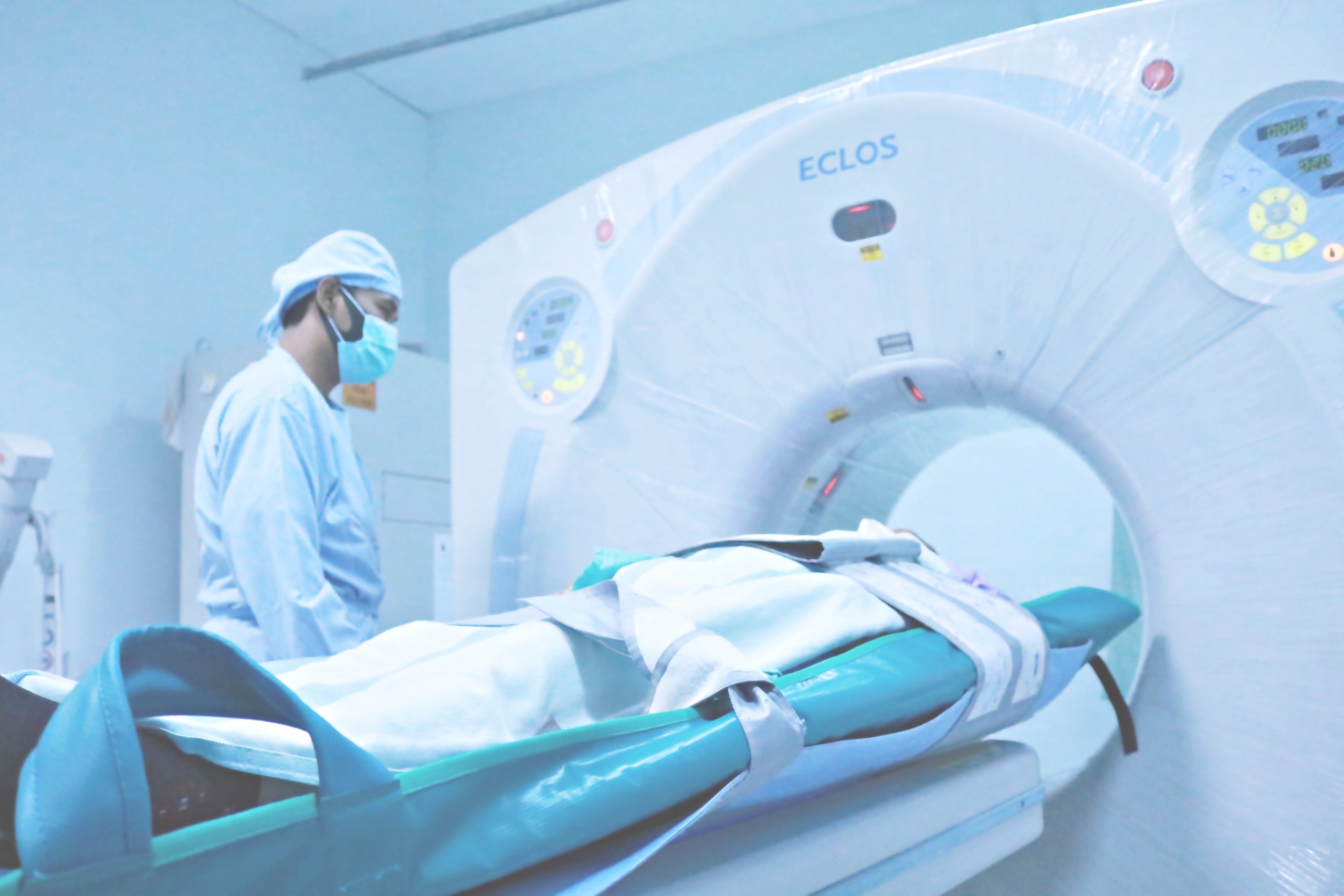
The current coronavirus pandemic is affecting everyone around the world. Since it was first found in China, it has quickly spread to over 200 countries, killing more than 40,000 and infecting over 820,000 people.
For governments, healthcare systems, and healthcare workers, it’s too late for artificial intelligence (AI) to help with many stages of the pandemic. But at this phase, the technology can still help track outbreaks as they occur globally, disinfection areas, diagnoses, and even help to find a cure for the virus.
It turns out that several AI applications predicted the pandemic in late December 2019. BlueDot is one such software that alerted its developers to a cluster of “unusual pneumonia” diagnoses around a large wet market in Wuhan. It took the WHO (World Health Organization) another nine days before it declared the coronavirus a pandemic.
Machine Learning to the Rescue
Toronto-based BlueDot uses machine learning (ML) and natural language processing to “read” information from hundreds of sources daily, like statements from health organizations, livestock health reports, climate data, commercial flights, and news reports. It scans the information for early signs of infectious epidemics that have the potential to spread locally or globally.
The machine learning application can make correlations and connections using what it deems to be pertinent information, such as mapping movement patterns of citizens living in regions affected most by the virus.
BlueDot’s employee roster includes experts specializing in a variety of fields, like data visualization, spatial analytics, geographic information systems, computer science, infectious disease, public health, and travel and tropical medicine. The experts are not only used to build and maintain the AI algorithm, but they also review the output from the AI, which includes flags and alerts for more attention.
Because of this combination of human and computer algorithms, BlueDot’s software is accurate and quick to spot anomalies in data across the globe. With coronavirus, BlueDot’s algorithm correctly predicted where the virus would go after Wuhan thanks to travel pattern data.
Future Pandemics
Although it may be too late for AI to fully mobilize and help with this pandemic, we know now that AI can help humans weather potential pandemics in the future.
It can not only predict an epidemic and its eventual course of travel, but it can help triage patients by identifying people who are infected. One setback may be a lack of training data for the first thousand or so cases; it depends on if the pandemic is truly novel or if it presents with symptoms from other common infectious diseases.
Robots Free Up Humans
Reducing contact with other humans by self-isolating has been the primary method of treating this disease across massive populations. If we can move robots into many human-occupied positions, we can save many more lives from the get-go. The reduced risk of infection carries a lower diagnosis rate over time as more people avoid human interaction.
In healthcare, there aren’t enough beds, ventilators, and professionals to help out during this pandemic. If robots can help tend to any part of the care process, it can free up time for doctors and nurses to take a mental break and reduce the risk of spreading the disease to other patients.
In China, companies are using robots and drones to spray disinfectants in public areas and deliver goods without contact. Robots in China are also checking for fever and breathing difficulty, in addition to offering passersby free hand sanitizer.
At hospitals in China, robots are delivering patients their food and medicine. They even disinfect the patient’s room, which takes a massive load off of nursing staff.
Other robots are cooking rice without human help, which reduces cafeteria staff.
Detecting Infection Symptoms
At airports, workers scan travelers as they enter the country; laser thermometers, visual signs of coughing, fever, and breathing difficulties are visual indicators that AI can help manage, potentially freeing up people from getting close to those that are possibly infected.

Baidu, a Chinese tech giant, developed an AI system that uses computer vision, infrared sensors, and cameras to predict a person’s temperature in a public area. It can scan up to 200 people per minute, and it’s pretty accurate, too: it detects the temperature within 0.5 degrees Celsius. It flags people who are showing a high temperature (above 37.3 degrees C or 99.1 degrees F), so that medical personnel can handle the person appropriately.
Another Chinese tech giant, Alibaba, is using AI to analyze chest CT scans for coronavirus. According to the company, the algorithm has a 96% accuracy rate, and it knows the difference between coronavirus and regular viral pneumonia. This technology is being used at 100 hospitals in China.
Diagnosing Disease
A few ML developers have published their findings online in the past few weeks: they assert that ML can diagnose coronavirus from CT scans (cross-section scans of a body part) of lung tissue by flagging telltale signs of the disease in the scan images. One issue with this approach is the fact that many patients won’t experience the physical symptoms of the disease until a few days after the infection.
This means it’s too late to diagnose using CT scans; a nose swab could do the job faster and before the physical symptoms manifest. And again, there isn’t enough training data for algorithms to learn how to spot tiny abnormalities in medical images.

Curing Disease and Developing Vaccines
Developing new drugs can take more than a decade of time and over a billion dollars. But with the rapid spread of a pandemic disease, we don’t have that time to invest to stop the disease in its tracks.
Generative design algorithms create a vast list of potential results before sifting through the results to flag which ones are worth looking into more deeply. This technology can be helpful for drug discovery as humans race to find a vaccine for the next pandemic.
Deep learning is a subfield of AI that can also generate many new drug combinations for scientists to test. With another AI algorithm layered on top, researchers can predict the evolution of the pandemic and add potential drugs and vaccines to see if the virus can evolve to become resistant to the new drug.
Evolving Our Approach
The closer we get to a vaccine, the more lives we can save. As the coronavirus evolves over the next few months, and as we spend our energy and time in finding the right vaccine for this illness, we must also keep these lessons and learnings for the next epidemic or pandemic. Otherwise, we’ve wasted a lot of money, time, and most importantly, lives to this virus.
With AI, we can free up a lot of humans from interacting with each other, increasing the potential to save hundreds, if not thousands, more lives.





